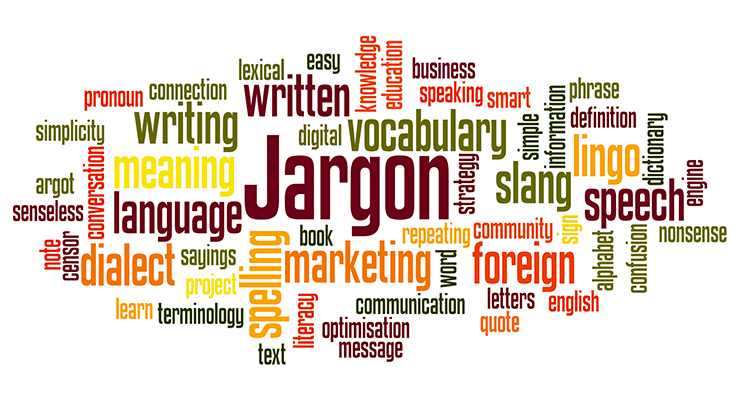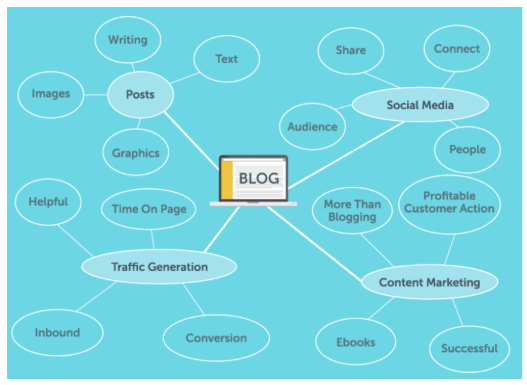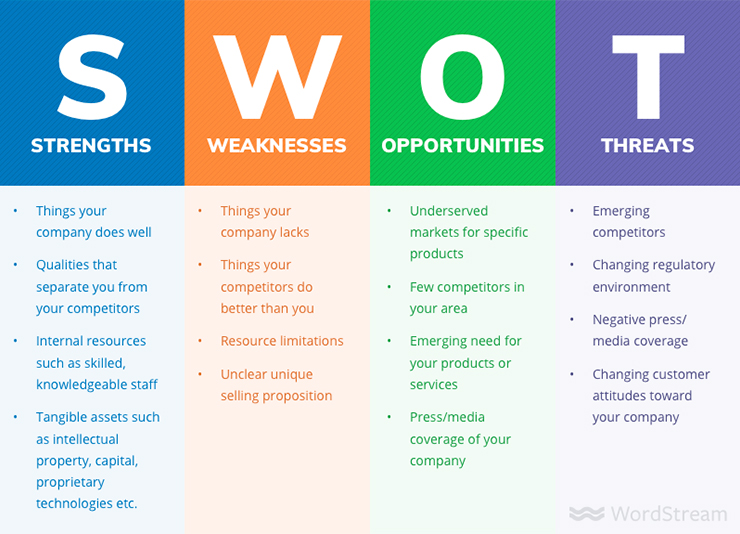8 Top Brainstorming Techniques to Help You Write Killer Emails

I can’t think of anything to write.
That’s one of the top reasons we hear from customers about why their email marketing went stagnate. They just run out of ideas or topics to write about. So instead of sending a lackluster email, they don’t send any at all.
Even pro writers come up with major email block. Ann Handley, co-founder of Marketing Profs and the popular book “Everybody Writes,” only sent two emails to her subscribers in 2017. (In fact, the lack of communication was her catalyst behind revamping her entire newsletter strategy this year.)
We never want your email list to go dormant. After all, you put in a ton of work to gather subscribers. Don’t leave them hanging. That’s why we’ve gathered 8 brainstorming techniques that will help you create a list of topics for future emails. Never waste time trying to think of a topic when you should be writing!
Quick Notes on Brainstorming
First things first: Let’s go over a few quick notes re: brainstorming.
- Coming up with ideas for your content is serious, but don’t get too caught up on producing the perfect idea right away. If you’re too critical, you won’t get anything written down. You never know what a random word now could make you think of later. Keep a positive mindset and be open to any and all ideas.
- Don’t worry too much about following the rules. Brainstorming is all about creativity and finding whatever method works best for you. While one person might do well with a structured brainstorming process, another might thrive with a loose, free-flowing idea session.
The important thing to remember about brainstorming ideas for your email campaigns is that you’ll want to stay open-minded throughout your process . . . regardless of what that looks like. Next, let’s start looking at a few specific brainstorming techniques you can try to get the ideas flowing.
Brainstorming Techniques for Stellar Email Ideas
Brainstorming Technique #1: Word Association
Start with one or two words related to a broad topic, and write down anything they make you think of. Let your inner editor rest for a bit and just jot down whatever ideas and words come to mind. If you need help, try a tool like Visuwords to get the process going.
Don’t overthink things or worry about explaining how the words are related (at least right now.) Instead, let the ideas flow and see what interesting concepts naturally arise.

Image source:
Brainstorming Technique #2: Mind Mapping
This is a similar concept to the word association technique. Start with a word in the middle and draw lines outward to the ideas that word sparks. Mapping helps you visually process your ideas and decide which ones are the strongest.

Image source: CoSchedule
Brainstorming Technique #3: The Medici Effect
If we can figure out how things are connected, sometimes we can borrow solutions or ideas from another field to solve our own problems. Look for parallels around the issues you’re facing in different areas — like your personal life or at work.
For example: Did you recently overcome a challenge at work that taught you a lesson or provided some new perspective on an issue? How can you share that experience as a story that may help your audience with their biggest pain point? You might have come to a solution that would make for a brilliant email campaign.
Brainstorming Technique #4: Blind Writing
Just. Don’t. Stop. You don’t need a plan of attack or an outline for this — just put words on a blank page, no matter what they are. You never know what will spark an idea, and writing anything is the first step to writing something good.
Brainstorming Technique #5: Challenger
Make a list of your assumptions (about your customers, your content, your format, etc.) and then challenge them one by one. You might think you already know the best way to do something, but we don’t make progress by never questioning things.
Related: FREE Course: Learn How to Write Better Emails
Brainstorming Technique #6: SWOT Analysis
Create a table to assess the strengths, weaknesses, opportunities, and threats (SWOT) to your current approach to email content. This helps you see your process in a more analytic way and logically decide if there is a more effective way to write, share, and educate.
As you complete your SWOT analysis, be sure to see what your main competitors are doing and make notes on how you may (or may not) be measuring up with your current approach.

Image source:
Brainstorming Technique #7: Turn to Your Readers
Conversations with your subscribers can lead to a treasure trove of email ideas. Ask your subscribers questions and try to find out as much information about them as possible. What do they actually want or need from you? What are their biggest obstacles, goals, or main pain points?
Your subscribers feedback will be immensely valuable to your business. You can use it to write your next email, and other types of content like blog posts, videos, and social media posts. You can also take it a step further by using the feedback to correctly position your product, inspire loyalty, and/or develop all-new products.
Brainstorming Technique #8: Start with the Subject Line
Set a timer for 5 minutes. Then, come up with a list of subject lines that you would absolutely open if they hit your inbox.
These subject lines may spark some all-new content ideas. We use this technique at the start of many of our content planning meetings at AWeber. In fact, some of our most popular stories have come out of this exercise. We keep an updated swipe file of the subject lines — some of which are practical, some of which are outrageous — and browse the list for new blog post or email ideas whenever we need some inspiration.
Related: Your Guide to Writing the World’s Best Email Subject Lines
Brilliant Email Ideas, Time After Time
Consistently sending emails is a wonderful way to keep subscribers engaged, but try not to forget that no one wants to open an email that doesn’t actually have any new or useful information. Having a constant supply of fresh email ideas keeps you from getting marked as spam and sent to the junk mailbox, never to be opened again.
On a regular basis, brainstorm new topics through these different approaches and keep a swipe file of your best and brightest ideas. You’ll never hit a bottleneck in ideas for email campaigns again.
Ready to start sending killer emails to your list? Then sign up for your free 30-day trial of AWeber today.
The post 8 Top Brainstorming Techniques to Help You Write Killer Emails appeared first on Email Marketing Tips.